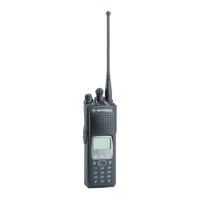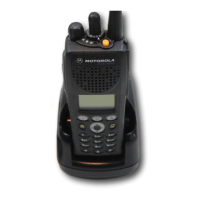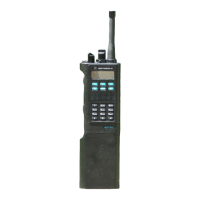Helpful Tips
English
153
Helpful Tips
Take a moment to review the following:
Caring for Your Radio . . . . . . . . . . . . . . . . . . . . . . . . page 153
Cleaning Your Radio . . . . . . . . . . . . . . . . . . . . . . . page 154
Handling Your Radio . . . . . . . . . . . . . . . . . . . . . . . page 155
Servicing Your Radio . . . . . . . . . . . . . . . . . . . . . . . page 155
Taking Care of the Battery. . . . . . . . . . . . . . . . . . . . . page 156
Checking the Battery Charge Status . . . . . . . . . . . page 156
Battery Recycling and Disposal . . . . . . . . . . . . . . . page 157
Caring for Your Radio
• Your radio casting
has a vent port that
allows for pressure
equalization in the
radio. Never poke
this vent with any
objects, such as
needles, tweezers,
or screwdrivers.
This could create
leak paths into the
radio and the
radio’s
submergibility will
be lost.
• Your radio is
designed to be submerged to a maximum depth
of 6 feet, with a maximum submersion time of 2
hours. Exceeding either maximum limit may
result in damage to the radio.

